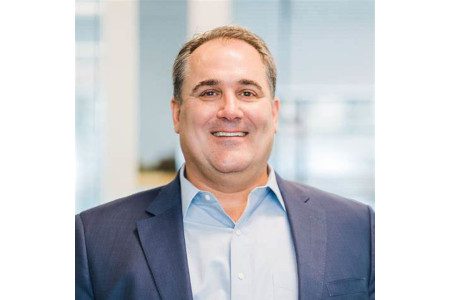New sensor-based forklift technology to address pedestrian accidents in warehouse operations.
Materials handling solutions provider Linde has unveiled a new safety solution for forklift trucks that is designed to prevent accidents involving pedestrians in the warehouse environment, a major challenge in intralogistics operations.
It has been reported that 1,300 workers in the UK are seriously injured following accidents involving forklift trucks and this includes a significant number of pedestrians. An analysis of RIDDOR reports into forklift truck accidents by the British Industrial Truck Association (BITA) also revealed that nearly 75% of ‘impact with a third person’ events involve pedestrians that were completing tasks unrelated to the immediate truck operation at the time of their accident.
Linde’s new motion detection sensor-based technology stops the forklift reversing after detecting movement behind it and will sound a warning to alert both driver and pedestrian. It is being offered as an option for the company’s new series of counter balanced trucks but will also be available as a retrofit solution.
Loading and unloading or picking up and putting down of loads are among the most critical situations involving forklift trucks and pedestrians.
Fabian Zimmermann, Product Manager Safety at Linde MH, said: “An accident can quickly happen if there are people behind the forklift when it starts reversing.
“Pedestrians may assume that the forklift driver will see them, or they don’t expect a forklift in front of a rack or storage area to suddenly reverse. If the driver forgets to look over their shoulder, this can have serious consequences too.
“In addition, the view behind the vehicle can be obscured by blind spots, stored goods or racking. The risk increases the more trucks, pedestrians or even cyclists there are in logistics areas.”
The system is particularly effective in poorly lit areas of a warehouse or where visibility is otherwise restricted. The detection area can be adapted to operating and ambient conditions, which ensures a high degree of flexibility in averting critical situations and preventing unnecessary warnings.
Linde serves a variety of end markets including chemicals & energy, food & beverage, electronics, healthcare, manufacturing, metals and mining. Linde’s industrial gases are used in countless applications, from life-saving oxygen for hospitals to high-purity & specialty gases for electronics manufacturing, hydrogen for clean fuels and more.
For more news updates, check out our latest issue here.
Media contact
Rebecca Morpeth Spayne,
Editor, Security Portfolio
Tel: +44 (0) 1622 823 922





